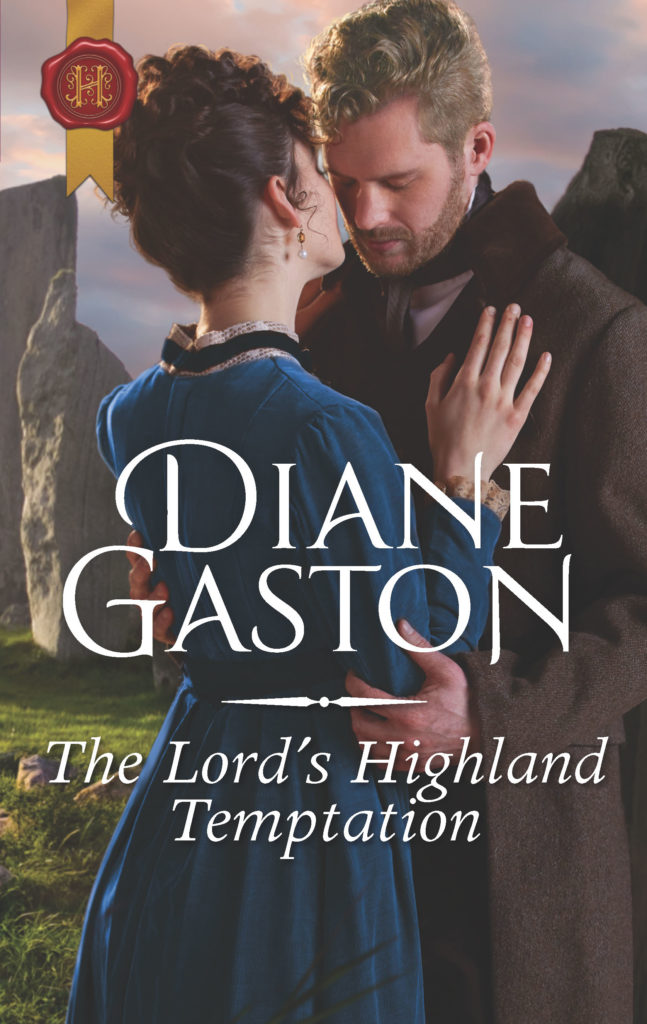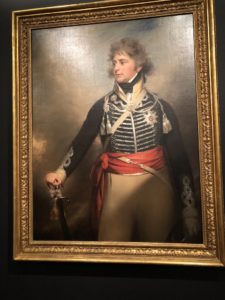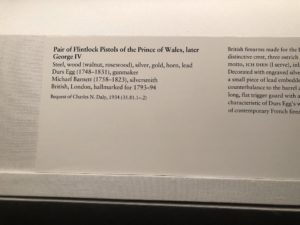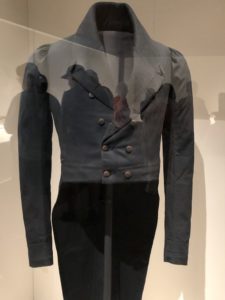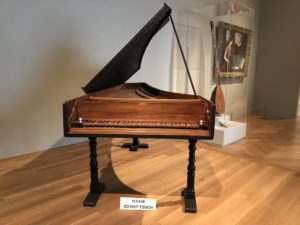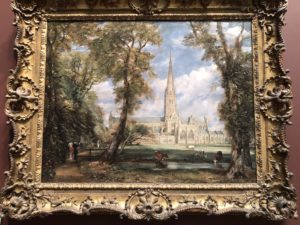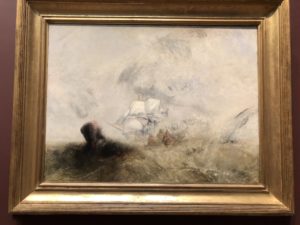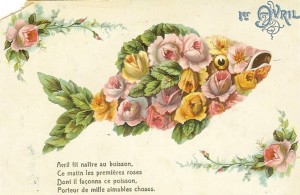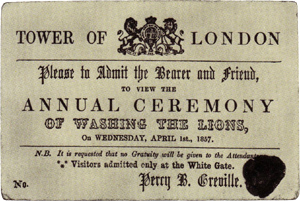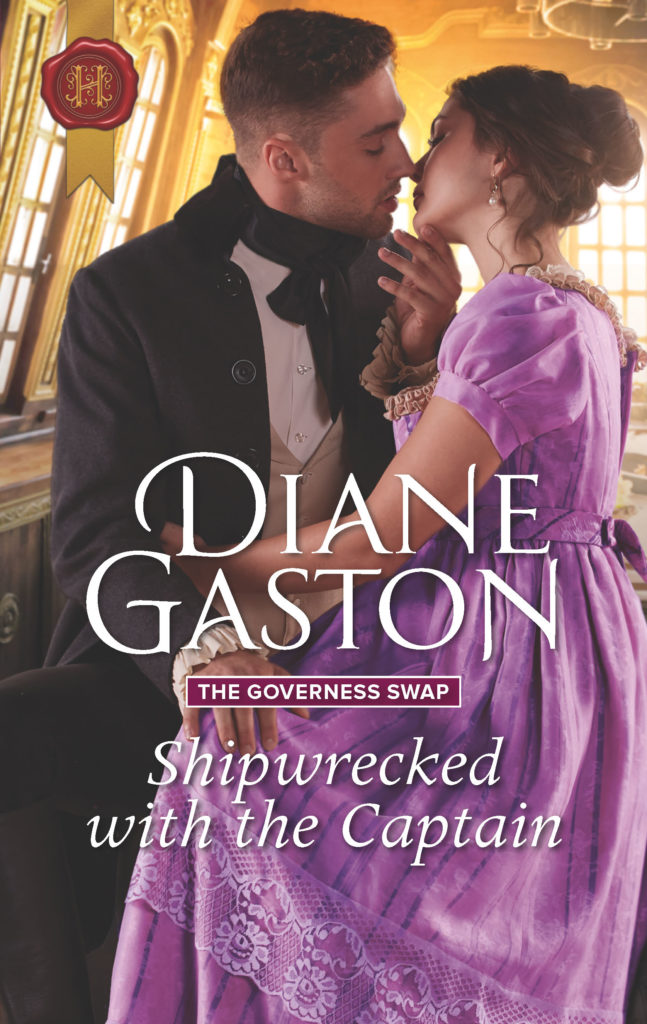October will be a busy month for me and my family. My daughter is getting married! So naturally, all I’ve been thinking about lately are weddings. You might think I would convince my daughter to have a Regency wedding, but – alas! – she’s always had a mind of her own. It’s too bad. A Regency wedding would have been lovely!
The Regency was a time of great drama and beauty, a time when lords and ladies were expected to marry well, but also a time when the concept of marrying for love had taken hold. From Jane Austen to Georgette Heyer to today’s Regency Romance authors, that concept of marriage for love is what we celebrate. At least my daughter’s wedding will be all about celebrating love!
Now, I was married a brazillion years ago, long before I started writing or reading Regency Romance, but after I started writing Regencies I realized I had actually had a Regency Wedding!

Here I am with my bridesmaids. Notice that our dresses are all empire-waisted. Notice the leg-o-mutton sleeves on my dress and the puffed sleeves on the bridesmaids dresses.
Now compare these dresses to two Regency Fashion Prints from the fashion magazines of 1815.


See the similarities?
I had a Regency Wedding!
Many Regency lords and ladies married in St. George’s, the church on Hanover Square in Mayfair, London.


My daughter didn’t want a church wedding, though. She wanted to be married outside in a garden. Too bad, because she might have been able to be married at the Prince Regent’s summer home, the Brighton Pavilion in Brighton Hove.

In a room like this:

Much too fussy for her, though.
But she did want a bit more fuss than those Regency couples who married in a hurry, eloping to Gretna Green, just over the border in Scotland. Here I am standing at the historic anvil. Regency couples were married “over the anvil” in Gretna Green.
No, this isn’t another wedding photo. It is me with the tour guide at Gretna Green when I visited in 2005. I’m holding a copy of The Wagering Widow which began with a Gretna Green wedding.

Here are some quick facts about Regency Weddings:
- Regency brides did wear white, but they didn’t have to. In the Regency, white gowns were popular for many occasions. Other colors like pale pink and blue were also worn at weddings. The older the bride, the darker the color. Wedding dresses were worn after the wedding, too. By the time Queen Victoria became a bride and wore white, the white wedding dress was well on its way to becoming a tradition.
- Weddings could take place after reading of the Banns, a license, or a special license. Banns must be read for three consecutive Sundays in the parishes of both the prospective bride and groom. A license, purchased from the bishop of the diocese, did away with the banns but the couple still had to be married in the parish church. A special license, purchased from the Archbishop of Canterbury, allowed the couple to be married in a location other than a church and without banns. Licenses were never blank; different names could not be substituted.
- Scottish weddings went by different rules. In Scotland couples could be married by declaring themselves married in front of witnesses, by making a promise to marry followed by intercourse, or by living together and calling themselves married.
- Weddings could not be performed by proxy. Both the bride and groom had to be present.
- Ship captains could not perform marriages. Couples could be married aboard ship, but only by clergy. (How many times have you read that plot?)
- Brides had wedding rings; grooms did not. The bride could give the groom a ring as a wedding gift, but it was not part of the ceremony and didn’t symbolize he was married.
Lastly, here is a photo of my husband and me on our wedding day. Aren’t we cute?

I actually am very pleased at the choices my daughter has made and I cannot wait to share the happy day with her!
Has anyone attended a Regency-themed wedding? What was the last wedding you attended like?

